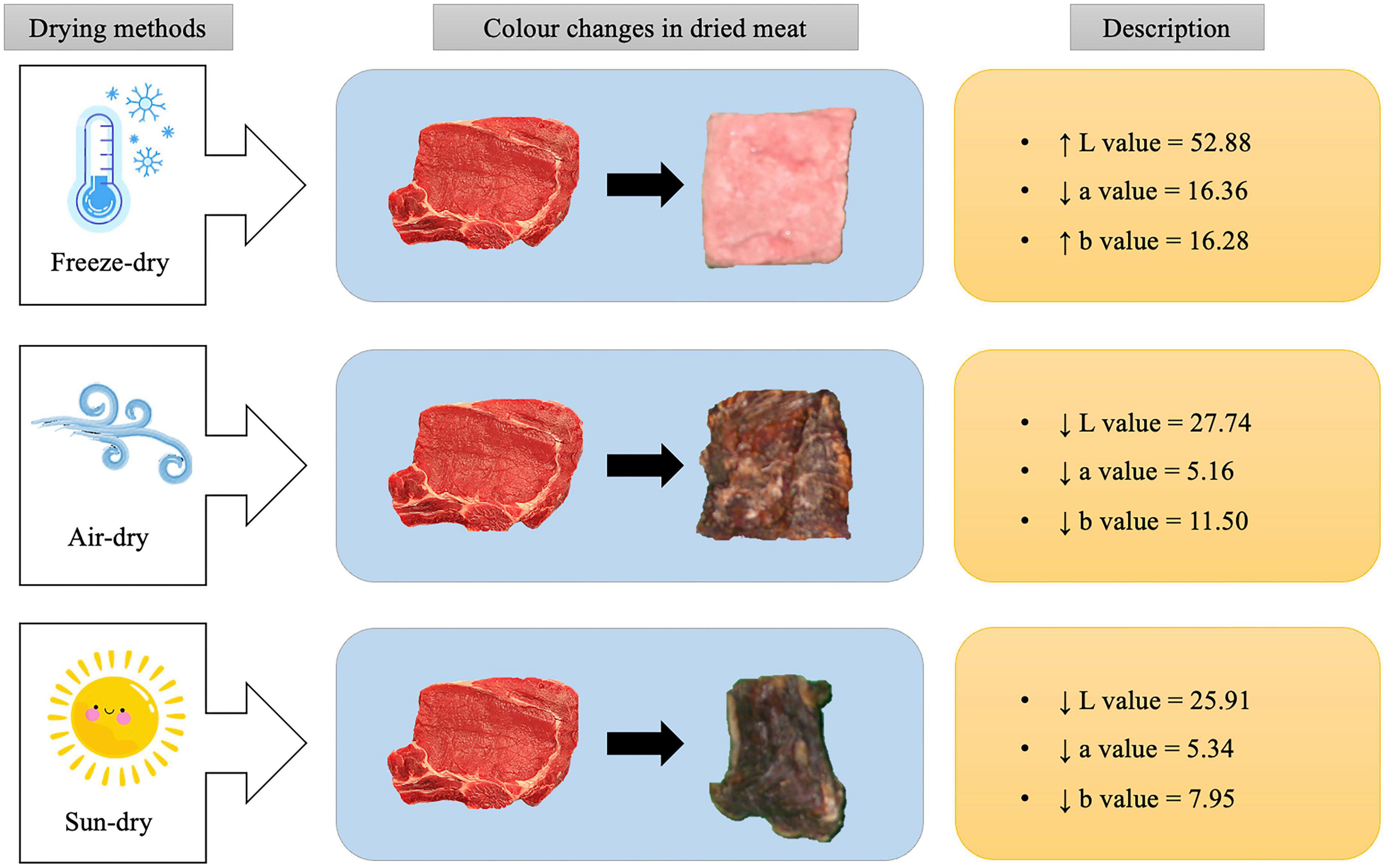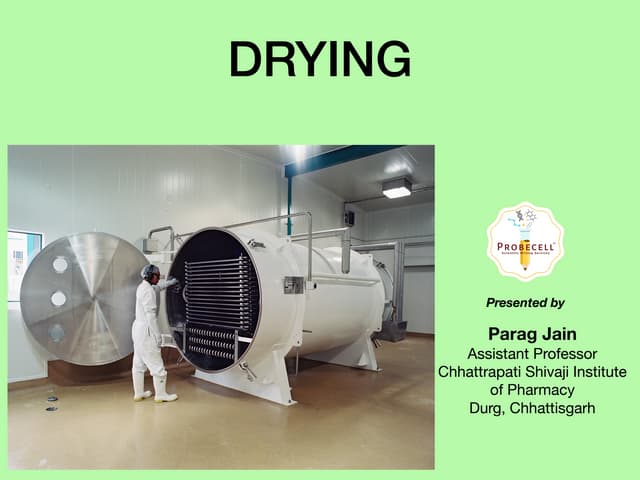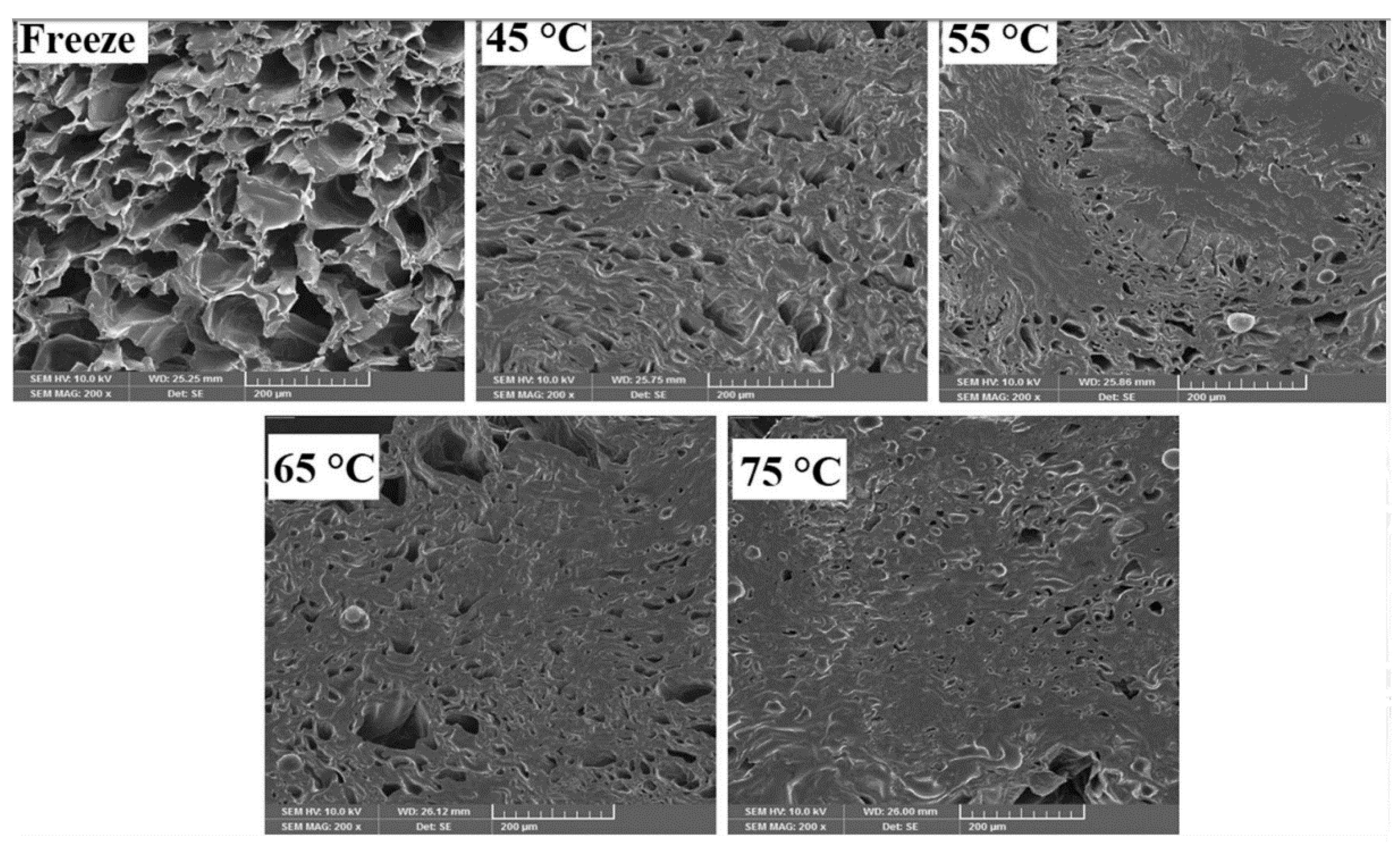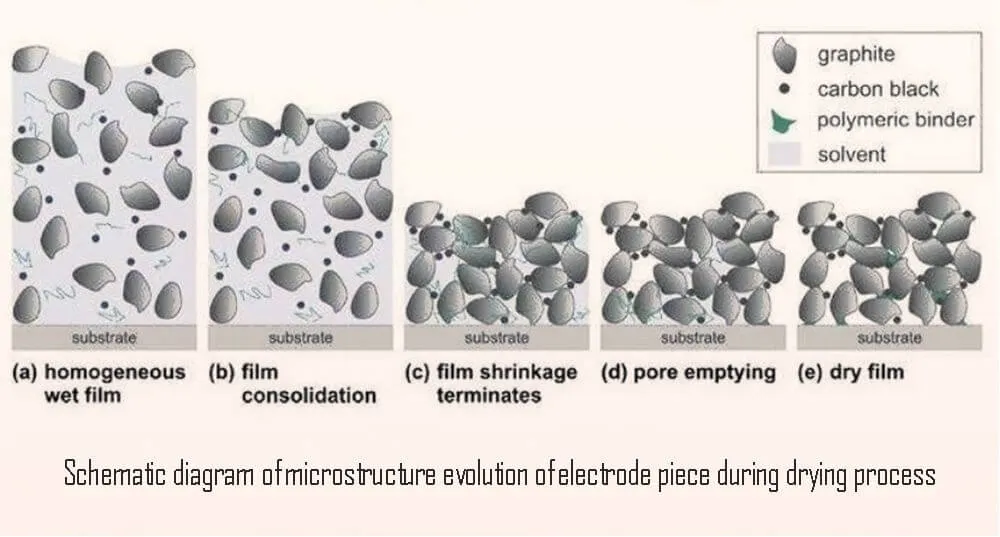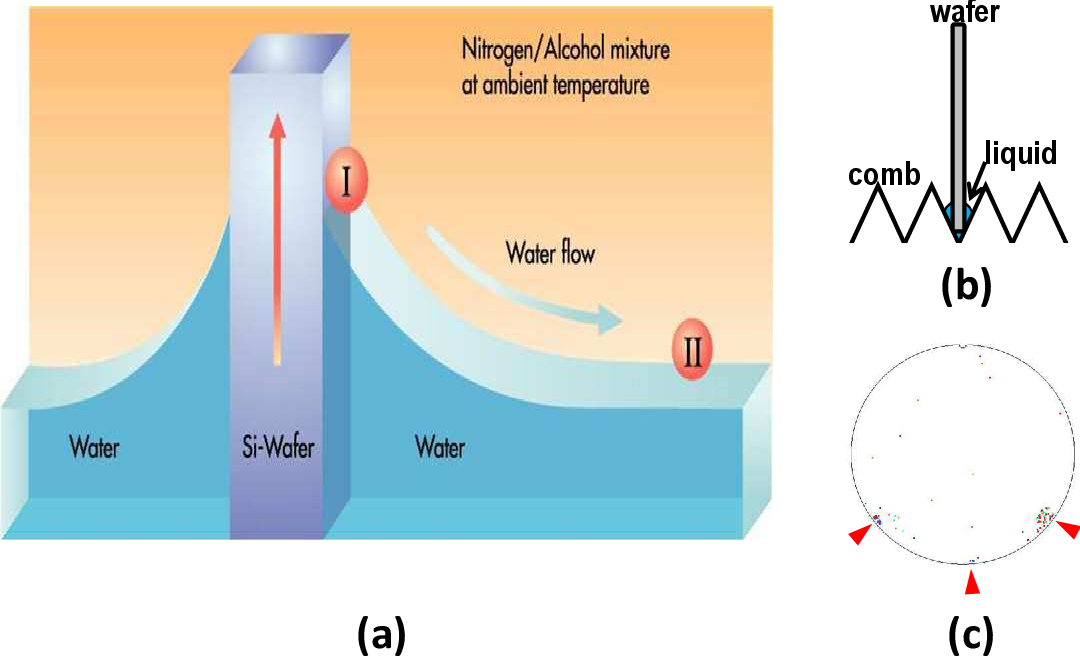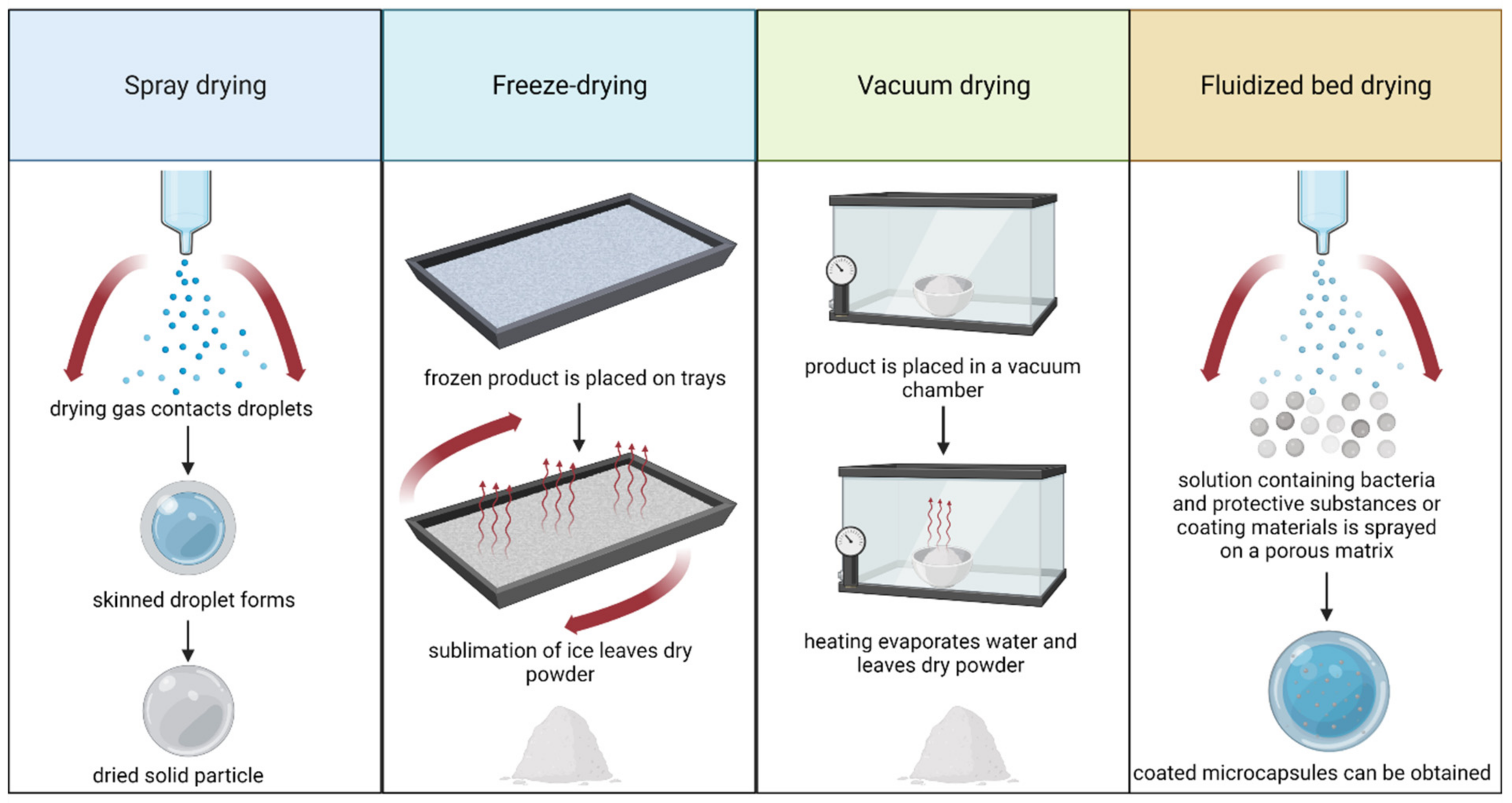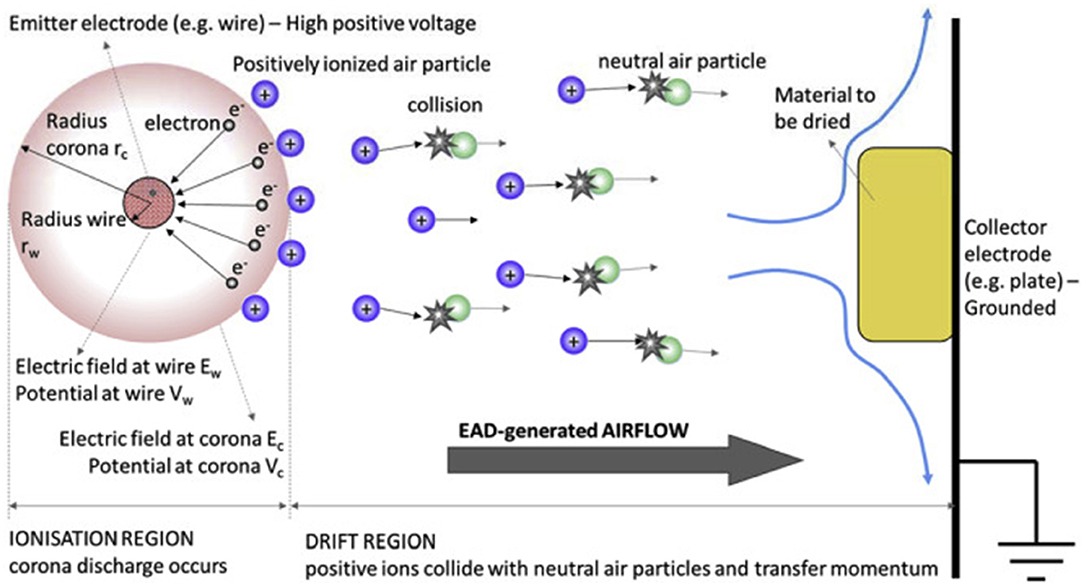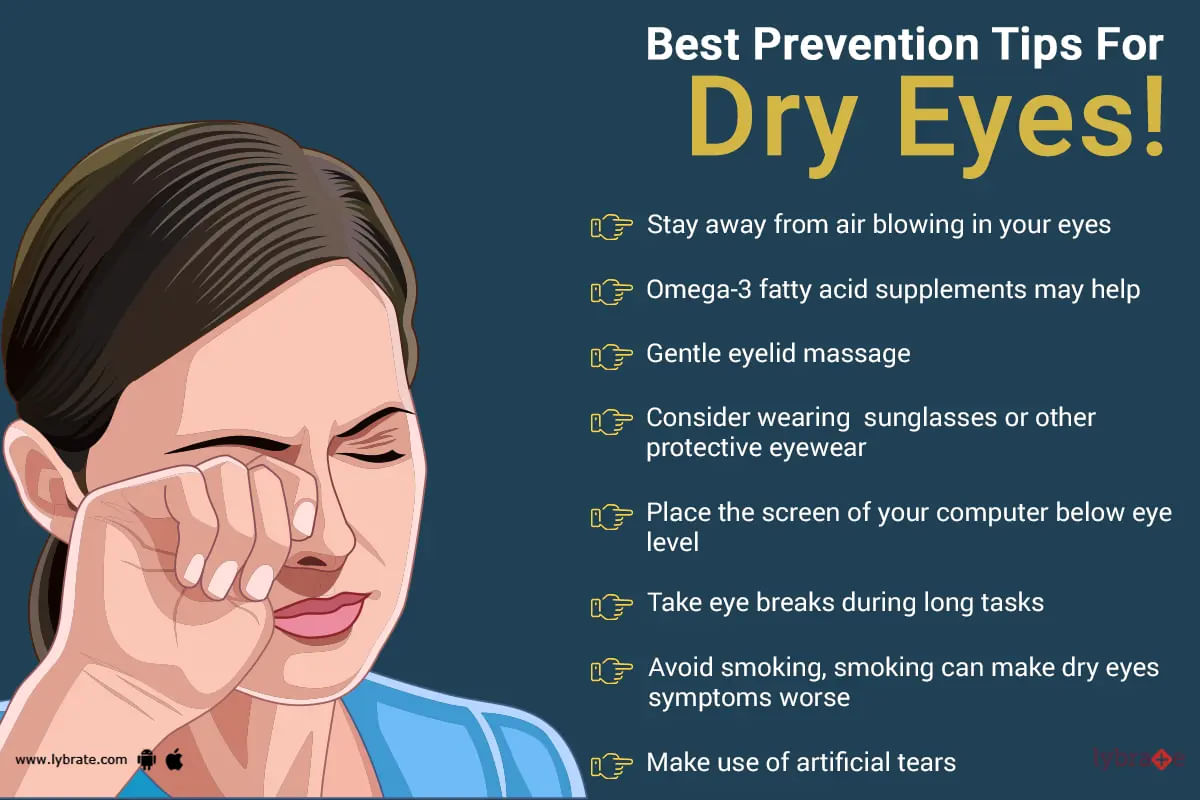Drying After Effects Are Typically Avoided With

The quest for flawlessly applied makeup often hinges on one crucial element: hydration. The dreaded "drying after-effects" of cosmetics, characterized by cracked foundations, accentuated wrinkles, and overall discomfort, are a persistent concern for beauty enthusiasts and professionals alike.
The cosmetic industry is responding with innovative formulations and application techniques. The aim is to bypass these common pitfalls. Consumers are demanding more from their products, pushing manufacturers to prioritize skin health alongside aesthetic appeal.
This article will delve into the science behind drying after-effects. We will explore strategies for their prevention. We will also examine the evolving landscape of cosmetic ingredients and application methods designed to maintain skin's moisture balance.
Understanding the Roots of Dryness
The "nut graf" of this issue lies in understanding the interplay between cosmetic ingredients and the skin's natural moisture barrier. Many conventional makeup products contain ingredients that can disrupt this barrier. This leads to dehydration and the aforementioned undesirable drying after-effects.
Ingredients like alcohol, certain sulfates, and some types of clay are notorious for their drying properties. These ingredients, while often included for their oil-absorbing or pigment-enhancing qualities, can strip the skin of its essential lipids.
The natural evaporation of water from cosmetic formulas further exacerbates the problem. This is especially true in dry climates or during colder months. This process leaves behind a concentrated layer of pigments and binders. These can further contribute to a feeling of tightness and dryness.
The Skin's Natural Barrier: A Key Defense
The skin's stratum corneum, the outermost layer, is a complex structure of cells and lipids that acts as a natural barrier. This barrier protects the skin from external aggressors and prevents excessive water loss.
When this barrier is compromised, the skin becomes more vulnerable to dehydration. This leads to increased sensitivity and a greater likelihood of experiencing the drying after-effects of makeup.
Maintaining a healthy skin barrier is thus paramount in preventing these issues. This requires careful consideration of skincare and makeup choices.
Strategies for Prevention: A Multi-Faceted Approach
Avoiding drying after-effects involves a multi-faceted approach. This encompasses choosing the right products, preparing the skin adequately, and adopting appropriate application techniques.
Hydration is key. Start with a well-hydrated base. This includes using moisturizing cleansers and toners and applying a rich moisturizer before applying makeup.
Serums containing hyaluronic acid or glycerin are particularly effective at drawing moisture into the skin. They help to create a plump, hydrated canvas for makeup application.
Choosing the Right Products: Ingredient Awareness
Careful ingredient selection is crucial. Opt for makeup formulations that prioritize hydration and skin health.
Look for products labeled as "non-comedogenic," "hypoallergenic," and "formulated for sensitive skin." These products are generally less likely to contain harsh or irritating ingredients.
Pay close attention to the ingredient list. Avoid products high in alcohol, sulfates, and drying clays. Instead, seek out those containing humectants (like hyaluronic acid), emollients (like shea butter or squalane), and occlusives (like beeswax or dimethicone).
Application Techniques: Minimizing Disruption
Proper application techniques can also minimize the risk of drying after-effects. Avoid excessive layering of products, which can create a heavy, occlusive film on the skin.
Use a light hand and blend products thoroughly. This helps to ensure even distribution and minimizes the potential for caking or creasing.
Consider using a damp beauty sponge for foundation application. This can help to sheer out the product and prevent it from settling into fine lines or wrinkles.
The Evolving Landscape of Cosmetic Ingredients
The cosmetic industry is constantly evolving. There is a growing focus on developing innovative ingredients and formulations that address the issue of drying after-effects.
Researchers are exploring the use of novel hydration technologies. They also investigate the benefits of plant-based extracts with moisturizing and skin-soothing properties.
Biomimicry, the practice of mimicking natural processes, is also gaining traction in cosmetic science. This involves developing ingredients that mimic the skin's natural lipids and barrier function, helping to restore and maintain optimal hydration levels.
Humectants, Emollients, and Occlusives: A Powerful Trio
The combination of humectants, emollients, and occlusives is a powerful strategy for maintaining skin hydration. Each ingredient type plays a distinct role in attracting, retaining, and sealing in moisture.
Humectants draw moisture from the environment into the skin. Emollients smooth and soften the skin's surface. Occlusives form a protective barrier that prevents water loss.
Formulations that incorporate all three types of ingredients are particularly effective at combating drying after-effects. This can help to create a comfortable, long-lasting makeup look.
Looking Ahead: The Future of Hydrating Cosmetics
The future of cosmetics is undoubtedly geared towards greater emphasis on skin health and hydration. Consumers are becoming increasingly educated about the ingredients in their products.
They are demanding more from the brands they support. This includes a commitment to developing formulations that not only enhance appearance but also nourish and protect the skin.
As technology advances and our understanding of the skin's microbiome deepens, we can expect to see even more innovative and effective solutions emerge. This will further minimize and ultimately eliminate the dreaded drying after-effects of makeup, paving the way for a future where beauty and skin health go hand in hand.
